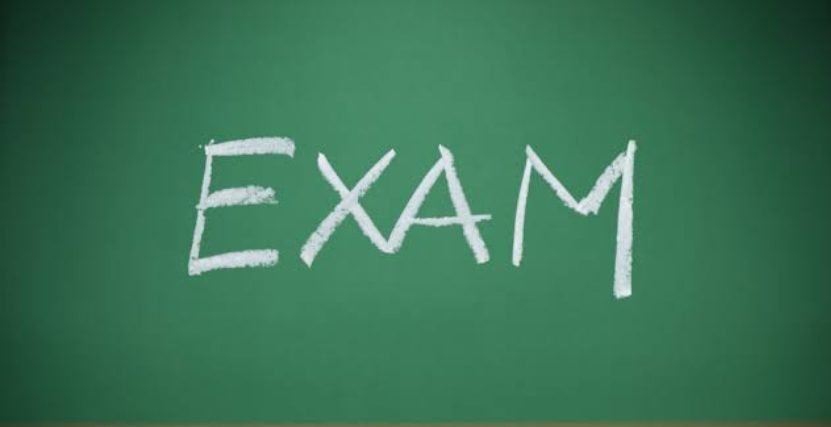Table of Contents
Solving competitive exam questions can be challenging, especially when faced with specific mathematical questions like those involving locomotives and their operations. A key resource in this journey is a specialised guide, focusing particularly on problems on trains pdf. This article delves into the strategies and techniques essential for excelling in such questions, as highlighted in an exclusive guide. The guide acts as a mentor, walking you through each type of problem with detailed examples and explanations. It’s tailored to not just impart knowledge but to build the skill set needed for tackling these unique challenges.

train_for_exam
Strategies to Tackle Locomotive-related Mathematical Challenges
When preparing for competitive exams, understanding the nuances of questions related to railway scenarios is crucial. These typically involve calculations of speed, distance, and time, demanding not only a good grasp of basic concepts but also the ability to apply them in complex scenarios. The guide provides a structured approach, starting with the fundamental principles and gradually progressing to more challenging problems. It helps in breaking down complex problems into simpler parts, making them more manageable. Additionally, the guide offers multiple methods to solve the same problem, enabling candidates to choose the one that best suits their understanding.
Effective Time Management for Optimal Performance
Time is of the essence in any exam. For locomotive-related problems, this becomes even more critical. The guide emphasises the importance of quick thinking and efficient problem-solving techniques. It includes tips on identifying the type of problem at a glance and deciding the most effective method to solve it, ensuring that candidates save valuable time during the exam. It also teaches how to allocate time for different types of questions and how to practice these skills under timed conditions. Moreover, the guide includes exercises that mimic the time constraints of real exams, training candidates to work accurately and efficiently under pressure.
Application of Real-world Scenarios for Better Grasp
Applying theoretical knowledge to practical, real-world scenarios is a skill that this guide heavily focuses on. It helps candidates translate abstract mathematical concepts into tangible, real-life applications, specifically in the context of railway operations. This not only aids in better retention of concepts but also makes problem-solving more intuitive and less intimidating. The guide uses real-life examples and case studies to illustrate how mathematical theories are applied in practical situations. Furthermore, it encourages learners to observe and analyse real-world train movements and timings, enhancing their practical understanding and application skills.
Utilising Practice Problems to Build Confidence
Practice is key in mastering any skill, and this is particularly true for mathematical problems in competitive exams. The guide includes a wide range of practice problems, each designed to test different aspects of the candidate’s understanding and application skills. Regular practice with these problems helps in building confidence and reducing exam-related anxiety. By offering varied levels of difficulty, the guide ensures that learners can progressively challenge themselves. Feedback and detailed solutions for each problem are also provided, enabling candidates to learn from their mistakes and improve their problem-solving strategies.
Leveraging Advanced Techniques for Complex Problems
For more complex problems, the guide introduces advanced techniques and shortcuts. These methods are particularly useful for problems that seem overwhelming at first glance. Learning these techniques can significantly enhance a candidate’s problem-solving speed and accuracy, giving them a competitive edge in the exams. The guide also addresses common pitfalls and mistakes in these types of problems, helping learners to avoid them.
In conclusion, the “problems on trains pdf” is an indispensable tool for anyone preparing for competitive exams. It offers a comprehensive strategy for tackling train-related problems, ensuring candidates are well-equipped to handle this challenging aspect of their exam with confidence and skill. With this guide in hand, candidates can look forward to transforming their approach to these problems and achieving success in their academic endeavours. The guide is more than just a study aid; it’s a roadmap to mastering a vital component of competitive exams.

